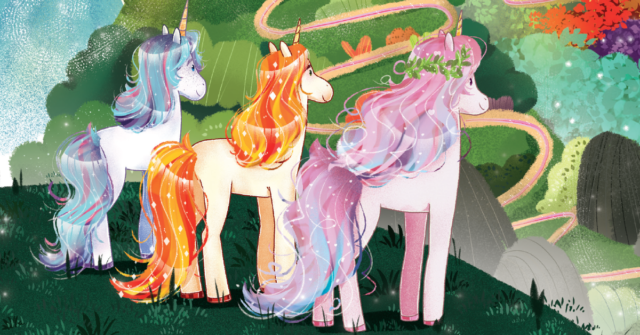
Read the Storify transcript of Wednesday's Twitter chat below.
By Anna Gratz Cockerille
Reading and writing are so inextricably linked that often it seems impossible to teach one without the other. Writing instruction is crucial for children learning to read, and reading instruction is crucial for children learning to write. During certain reading and writing workshop units, for example, during research-based units when the reading that students do fuels their writing, it can be difficult to tell where reading workshop ends and writing workshop begins. This is exactly as it should be. Reading and writing development work as a continuous, positive feedback loop, in which greater facility with one leads to greater facility with the other.
P. David Pearson, early literacy expert and dean of the University of California at Berkeley's Graduate School of Education, shares some thoughts on reading and writing connection in the early grades. In a publication for the National Writing Project, he explains that when children are encouraged to write as early as possible, even in pre-kindergarten, they develop phonemic awareness (the ability to identify distinct sounds) in the best way possible, they develop letter-sound knowledge, and they begin to understand language and story structures in more in-depth ways than if they would if learning to read without writing (The Voice, Vol 7, No 2).
In addition, there are reading and writing connections that are less easy to define but no less powerful. In her signal, ever-important book, The Art of Teaching Writing (1994), Lucy Calkins points out that students begin making reading and writing connections before they are doing either fluently, when they are helped to fall in love with a piece of writing. Reading to children and asking them to consider how the writing made them feel, and how they think the author might have made them feel this way is a way to help students to make the early connections between writing and reading that lead to greater success with both.
The more explicit the reading and writing connections, the better. Here are a just a few of the myriad ways teachers can highlight reading and writing connections:
- Begin writing instruction at the very earliest levels, and encourage students to draw on their understanding of how books are organized.
- Refer to reading charts during writing workshop, and vice versa.
- Co-create books with children at levels just slightly above what they are able to read on their own. Do this by guiding a child to tell a story or explain about a topic, and record what she says in a booklet.
- Encourage children to draw upon books they know from reading workshop while writing.
- Teach children to think, talk, and eventually write about their reading. Teach them to revise their writing about reading to make it better.
Join Marie Mounteer, staff developer for the Reading and Writing Project, and the TCRWP community to add to this list at tomorrow’s chat about making more reading and writing connections between workshops.
♦ ♦ ♦ ♦
Anna Cockerille is a staff developer, literacy coach, and writer based in New York City. She has taught in K–8 classrooms all over the world in places such as Sydney, Australia; San Pedro Sula, Honduras; and Auckland, New Zealand. Anna has been a staff developer for the Teachers College Reading and Writing Project at Columbia University (TCRWP) and an adjunct instructor for the Literacy Specialist Program at Teachers College. She writes at Two Writing Teachers.


